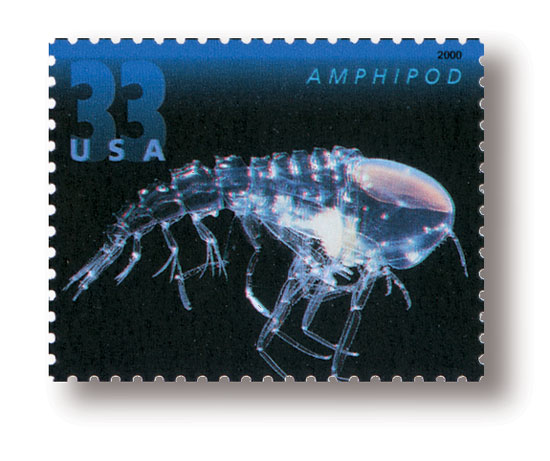Effects of two series of imidacloprid pulses on caged amphipods (Gammarus roeseli) and their shredder efficiency for litter decomposition were studied for 70 days as part of a comprehensive stream mesocosm experiment. The duration of each imidacloprid pulse of 12 µg L−1 was 12 h. About 250 mL cages with an initial stock of 10 adult gammarids together with different conditioned litter substrates were used. Beside alder leaves (Alnus glutinosa), straw (× Triticosecale) was also used in different trials and tested for its suitability to serve as litter substrate. Results from tracer and microprobe measurements approved the suitability of the test system under low-flow condition of 10 cm s−1 in the surrounding stream water.
Population development followed a logistic growth function with a carrying capacity of 200 Ind cage−1 for alder and 161 for straw. In the course of the study, the F1 generation reached sexual maturity and F2 offspring appeared. Increased nitrogen contents of gammarid-free trials compared to stocked ones after 70 days indicated that biofilm on both substrates was an important food source for G. roeseli. However, increased shredding activity by gammarids was only detected for alder during the second pulse series. During the remaining time and also for straw, losses of coarse particular organic matter were quite constant and slow indicating the dominance of transport limited decomposition processes on the litter surfaces. No effect of imidacloprid pulses on population levels and litter decomposition could be detected. However, the number of brood carrying females was reduced in the treatments compared to the control groups in the last 3 weeks of the study. In conclusion, repeated low-level and short-term exposition may have adverse long-term effects on G. roeseli in the field with regard to both the population size and the functional role as key shredder.
Source:
R. Böttger, M. Feibicke, J. Schaller, G. Dudel (2013) Ecotoxicology and Environmental Safety 93, 93–100
http://www.sciencedirect.com/science/article/pii/S0147651313001322

- Log in to post comments
